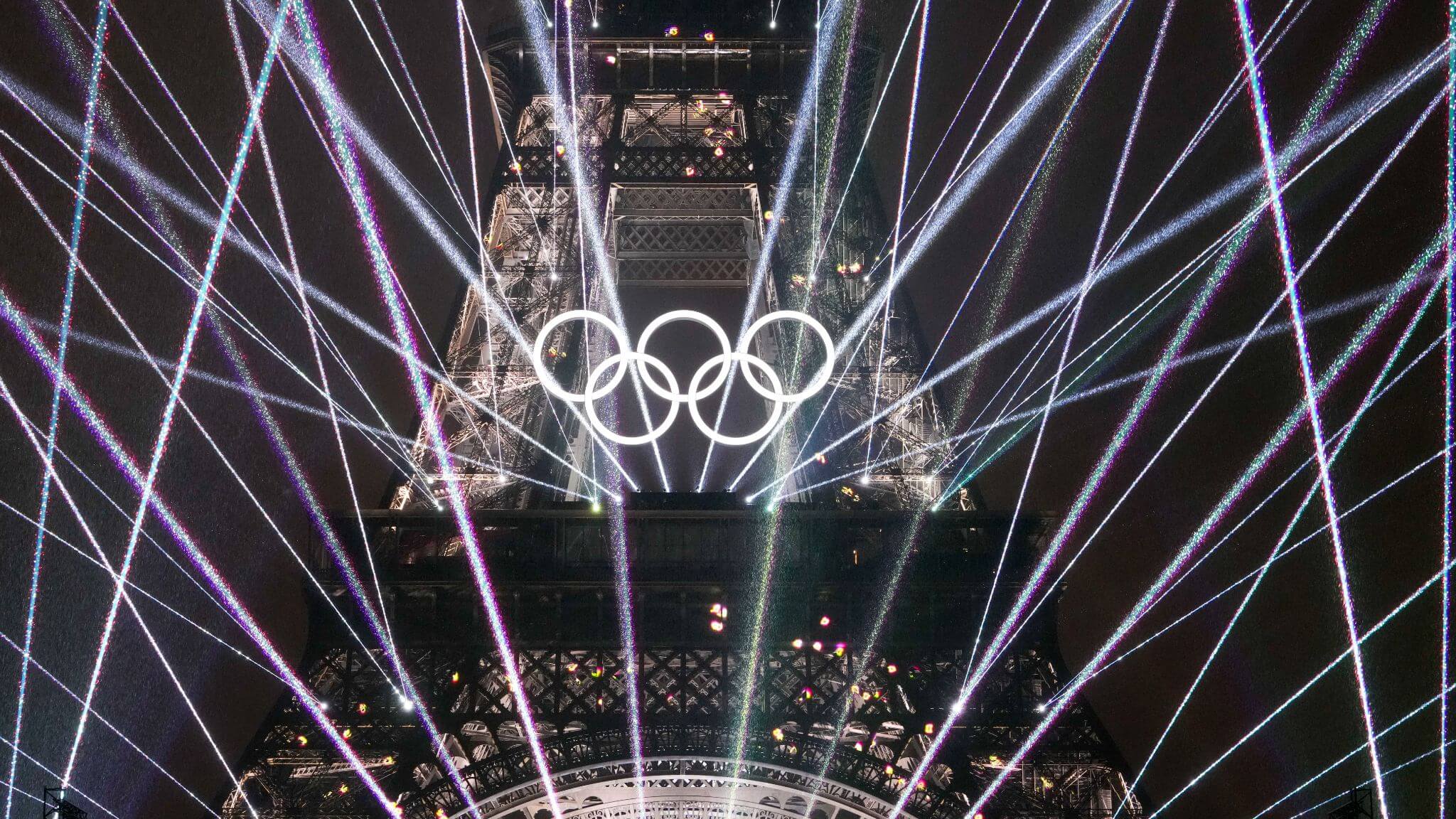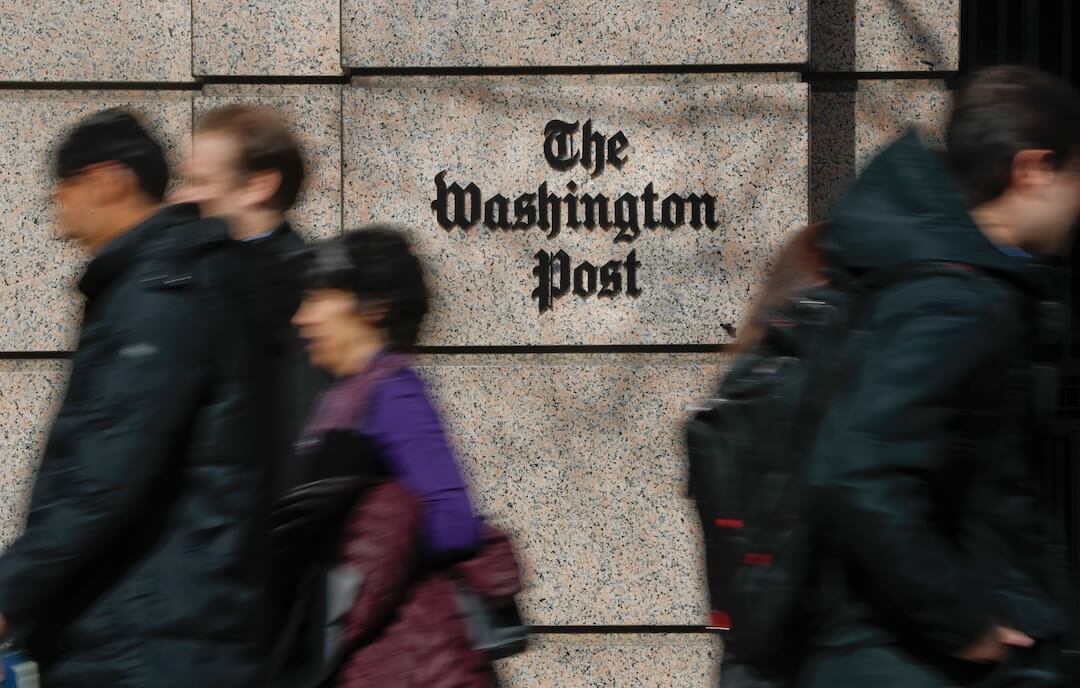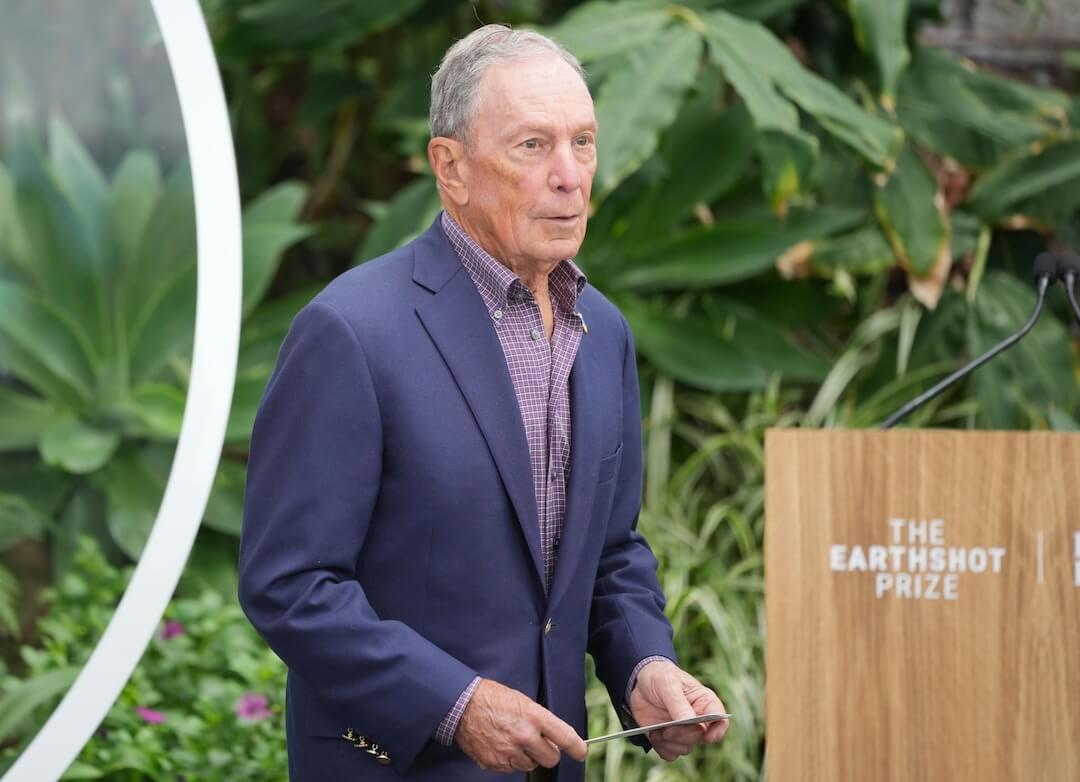As someone who writes about the media, I spend a good portion of my workday consuming news — print products, websites, broadcast and cable television news, social media sites, public radio and even specialty shows on satellite radio.
The past few weeks have produced a dizzying amount and array of news, from the presidential debate that drove President Joe Biden from the race to the shooting at a rally held by former President Donald Trump, from Biden officially dropping out to Vice President Kamala Harris becoming the presumptive Democratic nominee.
When was the last time anything even approached this kind of news cycle? Maybe 2020, when COVID-19 essentially shut down the globe and Biden took on Trump to become president of the United States.
And each day, from the moment I get up to the time I go to bed and dozens of times in between, there are two websites that I constantly go to: The New York Times and The Washington Post. Not because I have to, but because I want to. It’s a habit born from the excellence of the journalism being done there.
The work turned in by these two iconic institutions over the past month has been nothing short of magnificent. Not only have the Times and Post expertly delved into the stories mentioned above, but they continue to produce extraordinary work on two wars, especially what’s going on in the Middle East; elections in France and Venezuela; and now the Olympics.
In addition, they continue to produce skillfully written and reported features on topics ranging from climate to summer books to movies to odd topics such as paper checks.
Take Sunday, as I’m writing this.
The New York Times website led with a story about how the “Gunman at Trump Rally Was Often a Step Ahead of the Secret Service.” And there was Shawn McCreesh’s piece: “From Believers to Bitcoin: 24 Hours in Trump’s Code-Switching Campaign.”
Other headlines included “A Village’s Anguish Over 12 Children Lost to a Rocket Strike,” as well as stories about Kamala Harris memes, who her running mate might be, and Trump’s running mate, JD Vance.
The Washington Post, meanwhile, wrote about “How Kamala Harris took control of the Democratic Party”; “Inside the powerful Peter Thiel network that anointed JD Vance,” and a fascinating story about Vance’s wife in “Usha Vance told friends Trump appalled her. Now she’s working to elect him.”
These stories aren’t just echoing one another. They are original, with in-depth reporting and hustle.
Has the coverage been perfect? Of course not. There are always going to be the occasional opinion pieces that seem based more on the personal politics of the author than reality, although that, too, is what makes places like the Times and Post so interesting — they offer a wide spectrum of voices.
What’s especially notable about the work from the Post is it’s being done while the paper is going through leadership changes and controversies involving its relatively new publisher. Even with a new executive editor and a great deal of uncertainty about its future from both a leadership and financial standpoint, the journalists at the Post continue to put out must-read work.
The stories I mentioned above are just a few of the stories at the top of their homepages. Keep scrolling for stories about pedicures, television, Melinda French Gates, and so much more.
It’s so easy to consume media and pick out the flaws. The Times and Post have given critics plenty to question in recent times.
But during one of the most newsworthy weeks in our nation’s history, the two newspapers considered to be the gold standard of American journalism have lived up to their reputations.
The quantity and, especially, the quality of their work has been what we’ve come to expect from the Times and Post.
But that doesn’t make it any less impressive.
Musk, X and the dangers of artificial intelligence
On Friday night, X owner Elon Musk reposted a video of Vice President Kamala Harris saying negative things about President Joe Biden and even about herself.
One problem: The video was manipulated.
The Associated Press’ Ali Swenson wrote, “Two experts who specialize in AI-generated media reviewed the fake ad’s audio and confirmed that much of it was generated using AI technology. One of them, University of California, Berkeley, digital forensics expert Hany Farid, said the video shows the power of generative AI and deepfakes.”
In an email to Swenson, Farid said, “The AI-generated voice is very good. Even though most people won’t believe it is VP Harris’ voice, the video is that much more powerful when the words are in her voice.”
Is that true? While many, mostly because of its outrageous content, will see this as a fake, some might not.
The New York Times’ Ken Bensinger wrote, “The version posted on X does not contain a disclaimer, though the account that first uploaded it Friday morning, @MrReaganUSA, noted in its post that the video was a ‘parody.’ When Mr. Musk reposted the video on his own account eight hours later, he made no such disclosure, stating only, ‘This is amazing,’ followed by a laughing emoji. Mr. Musk’s post, which has since been viewed 98 million times, would seem to run afoul of X’s policies, which prohibit sharing ‘synthetic, manipulated or out-of-context media that may deceive or confuse people and lead to harm.’”
Musk and the person behind the tweet have not responded to media requests. In a statement, the Harris campaign said, “The American people want the real freedom, opportunity and security Vice President Harris is offering; not the fake, manipulated lies of Elon Musk and Donald Trump.”
Getting the news
It was a quiet weekend in terms of political news. Well, compared to the past two weekends. Go back two weeks ago, to July 17, and Trump was shot at a rally in Butler, Pennsylvania. Then last weekend, on July 21, President Joe Biden announced that he would not seek reelection.
So this past weekend was relatively quiet, even though Trump and Harris continued making their pitches to the American people.
Associated Press media writer David Bauder published a story about how quickly the news of previous weekends reached the American public: “Even on quiet summer weekends, huge news stories spread to millions more swiftly than ever before.”
Take the Biden news. Bauder wrote, “At 1:46 p.m. Eastern Time, the moment Biden posted his announcement on X, an estimated 215,000 people happened to be logged on to one of 124 major U.S. news websites. Fifteen minutes later, those sites had 893,000 readers, according to Chartbeat. On apnews.com, 3,580 people entered the site during the 1:46 p.m. minute. Nearly an hour later, at 2:43 p.m., The Associated Press’ online news destination site hit the afternoon’s peak of 18,936 new visitors. CNN.com and its news app saw its usage quintuple within 20 minutes of the news breaking, the network said.”
Bauder added, “Television networks broke into regular programming for the story between 1:50 and 2:04 p.m. During the relatively quiet quarter-hour before 2 p.m., a total of 2.69 million people were watching either CNN, Fox News Channel or MSNBC, the Nielsen company said. The audience on those three networks swelled to 6.84 million between 2 and 4 p.m. Eastern. Add ABC and CBS, which also had special coverage in those hours, and there were at least 9.27 million following the story on television.”
My Poynter colleague Kelly McBride recently polled friends, family and social media to find out how quickly they learned about the shooting at the Trump rally, and how satisfied they were with the coverage. I recently linked to it, but if you missed it, be sure to check it out.
Gold-medal viewership

A light show is displayed on the Eiffel Tower during the opening ceremony of the 2024 Summer Olympics on Friday. (AP Photo/Andy Wong)
Friday night’s viewership for the opening ceremony of the Olympics drew a big-time number for NBC. Nearly 29 million viewers tuned in across the various NBC platforms, making it the most-watched opening ceremony since the 2012 London Games. This year’s viewership was a major jump over the COVID-delayed 2021 Games in Tokyo, which drew a 33-year-low 17.9 million viewers.
I have to admit, this year’s numbers surprised me. I thought NBC would do well to get close to the viewership for the 2016 Rio Games. But this year blew past the 26 million viewers for the opening in Rio.
The viewership numbers were good despite mixed reviews for NBC’s coverage. NBC tried something a tad different. Host Mike Tirico, the network’s top sports broadcaster, was joined by former NFL great Peyton Manning and singer/TV host Kelly Clarkson.
NBC’s coverage, as it often does, took on more of a general fan interest approach. It’s not so much for the diehard sports fan or even Olympic sports fan. It’s more for the casual viewer who wants to be entertained by the “show.” It takes on more of a Thanksgiving Day parade feel.
For some, that approach worked. For others, it did not.
Clarkson took more criticism than Manning. Awful Announcing’s Arthur Weinstein noted that fans grew frustrated with Clarkson yelling out “wow” or “cool” every time there was a new segment in the ceremony.
USA Today’s Chris Bumbaca wrote, “Tirico is the best of the best when it comes to hosting and play-by-play, and he was his typical self. But Manning and Clarkson were distracting at best and brutal to listen to at worst.”
Los Angeles Times TV critic Robert Lloyd wrote, “The commentary, by Mike Tirico, Kelly Clarkson and Peyton Manning, had the effect of people talking during a play, or that jarring feeling when you’re in a foreign country and you suddenly hear American voices. They were perhaps working at a disadvantage, given the secrecy that had surrounded the production and a less-than-native understanding of French culture and history. But apart from the sort of sports statistics that no viewer will keep in their head longer than it takes to say them, they spoke largely of how they felt and how they imagined the athletes must feel. It turned the parade of athletes into the Macy’s parade.”
Overall, I found the broadcast to be fine. You sort of know what you’re getting into when you watch an Olympic opening ceremony. If you’re bothered by the occasional “wow” over something that looks cool, you probably didn’t get the memo of what you’re watching. And there was plenty of cool stuff.
The broadcast was certainly helped by the uniqueness of the ceremony. Instead of being held in a stadium, as is customary, it was held on the river Seine in Paris.
The Washington Post’s Jerry Brewer wrote, “It wasn’t a perfect night, but Paris didn’t need to be perfect. It just needed to be Paris. Maybe only Paris could have pulled off such a show: a roving Opening Ceremonies progressing through a city for the first time in Olympic history, an event that felt similar to a championship parade, mixed with a telethon-length concert and an interactive movie that broke the wall between cinema and live performance.”
But New York Times TV critic Mike Hale wrote, “The decision to abandon the event’s traditional format — the long, formal parade of athletes marching into a stadium — for a waterborne procession along the Seine intercut with performances had a twofold effect. It turned the ceremony into something bigger, more various and more intermittently entertaining. But it also turned it into something more ordinary — just another bloated made-for-TV spectacle, like a halftime show or awards show or holiday parade that exists to promote and perpetuate itself.”
Media tidbits
- “NBC Nightly News” anchor Lester Holt gives his perspective on the Olympics in this video.
- The Los Angeles Times’ Wally Skalij with “Behind the lens: A photojournalist’s take on the 2024 Paris Olympics.”
- Trump senior adviser Jason Miller is still floating the idea that Kamala Harris might not end up being the Democratic nominee, but did say, “Of course, we are going to debate the Democratic nominee.” Mediaite’s Kipp Jones has more.
- The Wall Street Journal’s Dana Mattioli and Emily Glazer with “How Elon Musk Broke With Biden and the Democrats.”
Hot type
- The New York Times’ Eli Saslow with “Racked by Pain and Enraptured by a Right-Wing Miracle Cure.”
- Texas Tribune journalist Jayme Lozano Carver with “I started reporting on the dearth of reproductive health care. Then I had my own emergency.”
- Updated from a piece that originally aired in April, Anderson Cooper for CBS’s “60 Minutes”: “Salman Rushdie on the 2022 attack that nearly took his life, and writing his new book ‘Knife.’”
More resources for journalists
- Lead With Influence is for leaders who manage big responsibilities but have no direct reports.
- Dynamic, in-person, five-day workshop for new newsroom managers.
- Try our free Grant Writing for Journalists self-directed course
Have feedback or a tip? Email Poynter senior media writer Tom Jones at tjones@poynter.org.
The Poynter Report is our daily media newsletter. To have it delivered to your inbox Monday-Friday, sign up here.







